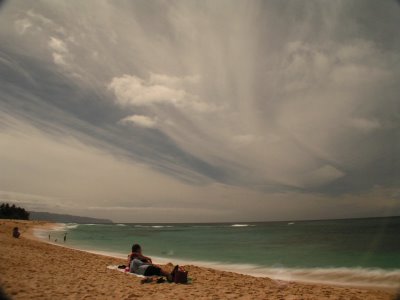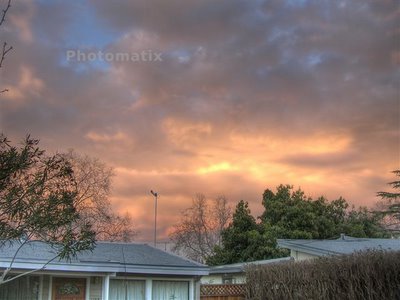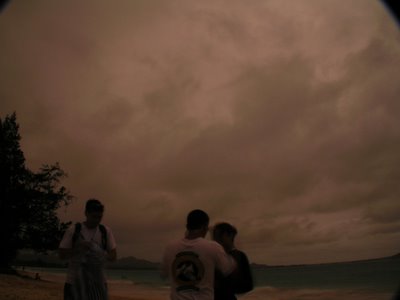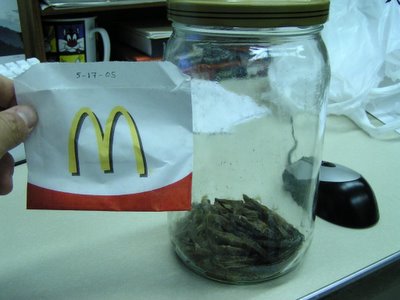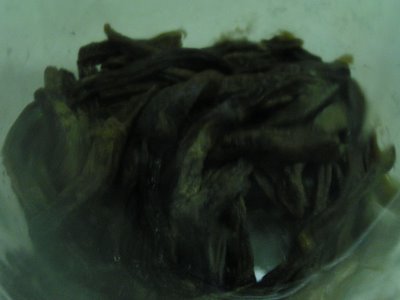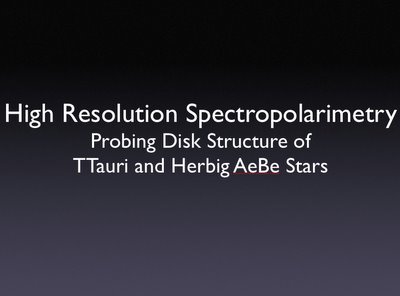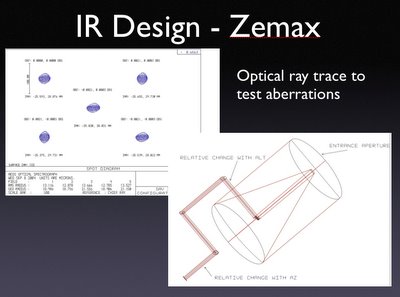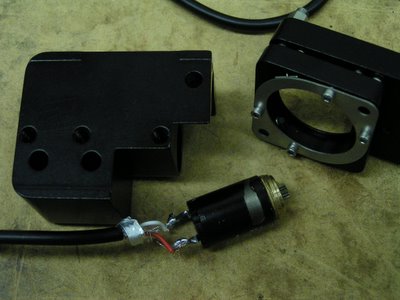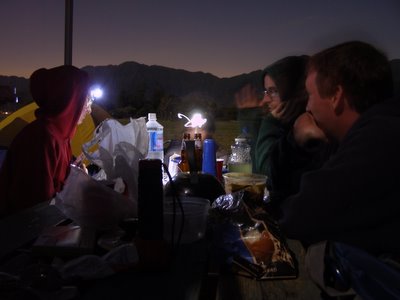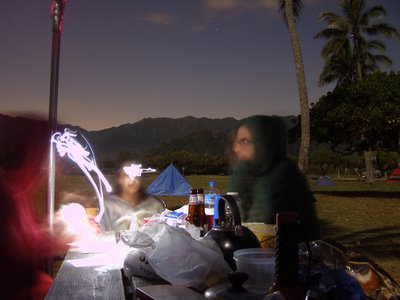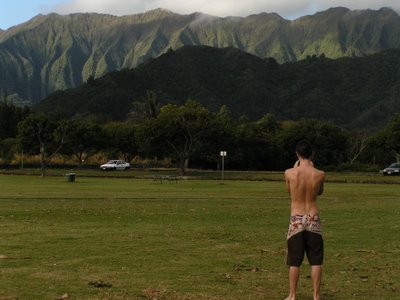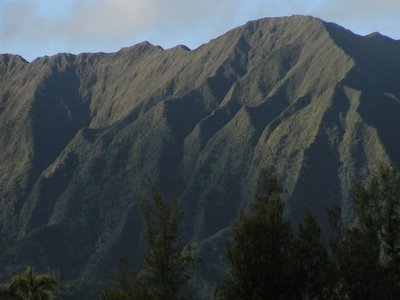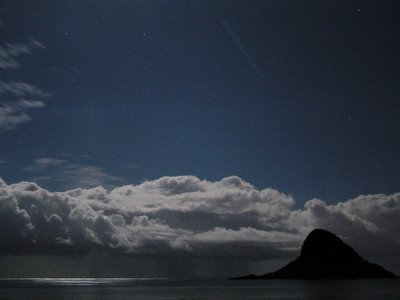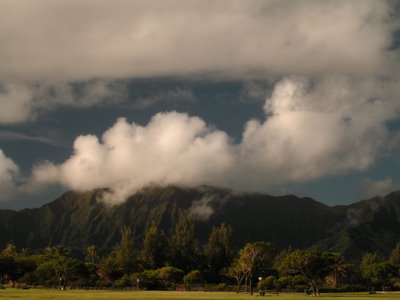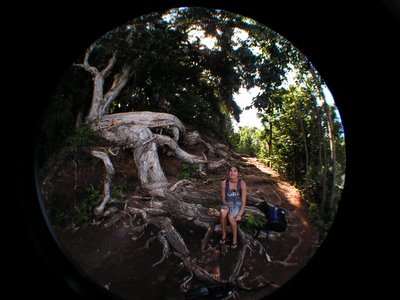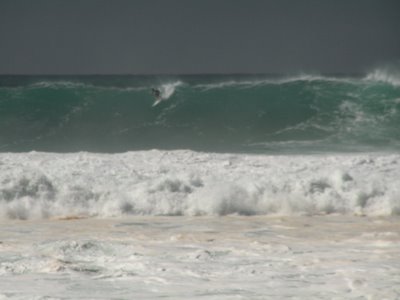Nuclear Energy Hype
For some reason, Liz, Jesse, and I have been talking about nuclear power a lot latley. I'm hearing that it's being pushed pretty hard and might get some serious funding in the coming years. I googled "nuclear power radioactive waste" and found some interesting numbers and sites.
Nuclear Tourist - A site by an old nuclear engineer. Very useful.
Nuclear Regulatory Commission - a mostly useless government website.
Energy Information Admin. - good statistics on nuclear fuel production
Nuclear Information and Resource Service - an anti-nuke alternative energy site - good comparitive statistics and alternative ideas, but obviously slanted (not that that's a bad thing).
Nuclear Energy Institute - Looks like a pro-nuke lobbying institute funded by corporations (DC).
The first interesting thing I learned was about Chernobyl. Here's a copy from nuketourist.
The Chernobyl event occurred during a test and was due to a combination of design deficiencies and operator error. The event sequence included:
* A power spike which resulted in a localized overpressure of the reactor cooling system, which caused a loss of coolant (This was NOT a nuclear explosion). The power spike also causing overheating of the fuel.
* Steam release with overheating of the graphite resulted in a fire, which in turn resulted in burning and dispersal of the reactor core's contents.
BWR, PWR, CANDU, and VVER designs do not have positive void reactivity coefficients as in the Chernobyl design, nor do they have graphite. These factors preclude an event of a similar type.
A "meltdown" usually refers to when the fuel melts (molten metal at a few thousand degrees). It was dispersed by the fire caused in surrounding materials. Anyways, most of the sites say that can't happen again because they've removed all flamable materials. Safety is a huge issue.
Here's some numbers - the amount of high level radioactive waste produced in a year covers a football field 1 yard deep ( 10000 metric tons, NEI). I was surprised at how little waste that is compared to the 2 million tons of raw uranium oxide that goes into it. World energy consumption is about 2 terawatts (I'm assuming that means from power plants, NIRS) and nuclear energy is some small percentage of that (10ish I think) from about 430 plants worldwide. 90% of the radioactive waste produced is low-level with a short half-life from irridation, so things like paper, clothes, cleaning solvent, etc. This is disposed of by burying it in a concrete lined trench or bunker. The rest of the high-level waste is supposed to be buried very deeply, but there's no real burial happening yet in the US (per NEI).
Plant failures are also a huge issue - we don't want to release a bunch of radioactive junk into our environment. Nuketourist gave an estimated failure rate of less than 1 event per hundred thousand years per reactor or one per 250 years, but NIRS says one per decade. A factor of 25 is a huge difference....... Since Chernobyl was the only event that released radioactive waste outside the plant, it's been 20ish years since that happened, and there are a little over 400 plants around the world now, that's a rate of 1 event per 20 years per 400 reactors or 1 event per 20 years per 400 plants. That puts the rate closer to the nuke tourist one..... I find once a decade hard to believe since it's been a few decades since the last major event and the big freak-out after Chernobyl changed policy.
One major issue is the environmental impact. The nice thing about nuclear power is that the waste you produce is contained and not blown out into the atmosphere. We could trap a lot of the coal-burning waste products by processing the smoke but that's very expensive and only rich countries that care about their populations have started to pay for that (which is not done here....), not to mention the huge transportation issues of hauling one trillion tons of coal around each year.
But I do agree with the UN and other anti-nuke people that it's not sustainable and it does produce nasty waste. It has potential to be much better than blowing a bunch of smoke everywhere, but it has drawbacks too. The NIRS site had a good discussion of other alternates, and in depth pages about wind power. There's a paper in the Journal of Geophysical Research last year (2004JD005462) that estimated 70ish terawatts was available in wind power from weather stations around the world. I've read the abstract and it looks really good. Anyways, lots of countries are doing wind power, and it could feasably provide all of our energy needs if harnessed properly. Solar is nowhere near high production yet, but is nice to have on houses.
Enough rambling - thoughts? comments? statements? utterances? objections?


